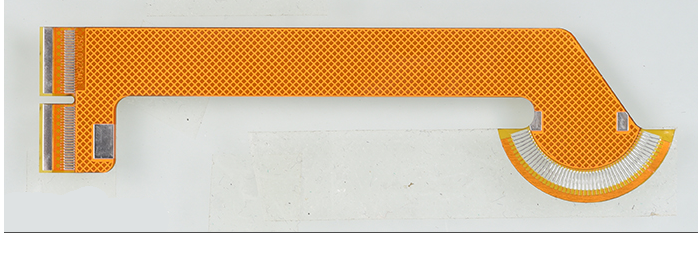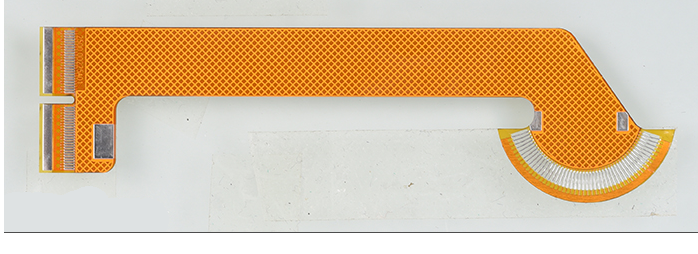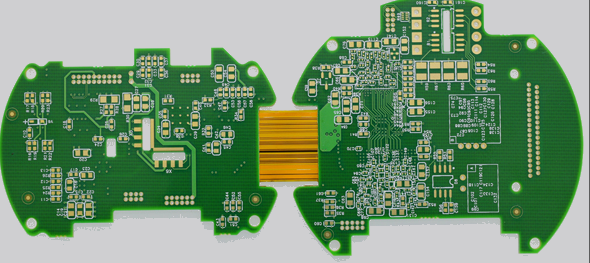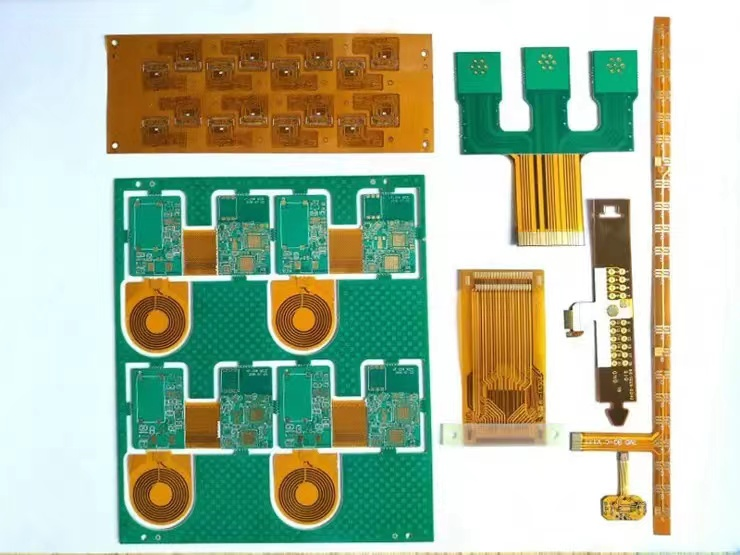
The process of FPC soft board includes exposure, PI etching, hole opening, electrical measurement, stamping, appearance inspection, performance test, etc. The manufacturing process of FPC soft board is related to the performance of FPC. After the completion of manufacturing, unqualified FPC soft boards need to be screened through testing to ensure that FPC can maintain good performance in application and play the best role. In the FPC soft board test, the high current spring sheet micro needle module with conduction and connection functions can be used to ensure the stability and efficiency of the FPC soft board test.

In FPC soft board process, exposure is to transfer the circuit pattern to the board through the role of dry film, which is usually carried out by using the photosensitive method. After exposure, the circuit of FPC soft board is basically formed. The dry film can transfer the image and protect the circuit during the etching process. PI etching refers to that under certain temperature conditions, the etching solution is uniformly sprayed onto the surface of copper foil through the nozzle, which reacts with copper in redox reaction, and then forms a circuit after the removal of film. The purpose of opening is to form the conductor circuit of the original part and the interconnection circuit between the formation layers. The opening process is commonly used for the conductive connection of the upper and lower layers of the double-layer FPC.
In addition to service life, reliability and environmental performance, the performance test of FPC soft board also includes folding resistance, flexural resistance, heat resistance, solvent resistance, weldability, peeling performance, etc.
The bending resistance and bending resistance of FPC soft board are related to the material and thickness of copper foil, the type and thickness of adhesive used for the base material, and the material and thickness of insulating base material. In FPC soft board assembly process, double-layer and multi-layer FPC copper foils have good symmetry when pressed, so their bending resistance and bending resistance will also be better.
The performance test of FPC soft board requires professional equipment. The high current spring micro needle module has a stable conduction function. Its integrated spring design has the characteristics of high overall accuracy and good conductivity. In the high current transmission, it can carry the current within the range of 1-50A, with reliable over-current capacity. The current flows in the same material, with constant voltage, no current attenuation, and stable and reliable performance.
In the small pitch, the high current spring sheet micro needle module can cope with the pitch value between 0.15 mm and 0.4 mm, and maintain a stable connection. The pin will not be stuck and the needle will not stop. The expressiveness and service life are excellent. After gold plating and hardening, the average service life of the shrapnel can reach more than 20w times, which can greatly improve the testing efficiency of FPC soft boards, and it does not need to be replaced frequently in high frequency testing, so material waste and unnecessary loss can be avoided.
FPC soft board testing, whether from the performance or cost performance perspective, the high current spring chip micro needle module is a very reliable choice, with irreplaceable advantages, which can not only ensure the stability of testing, but also have a high service life, improve the FPC soft board testing efficiency, and ensure the quality of FPC soft board.






